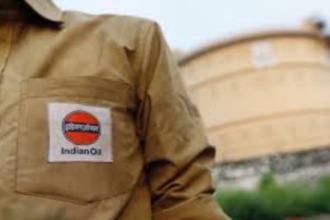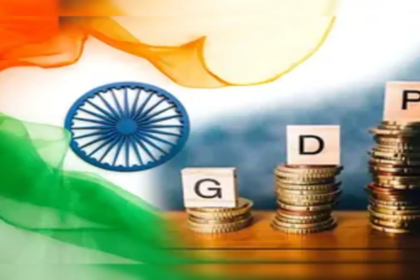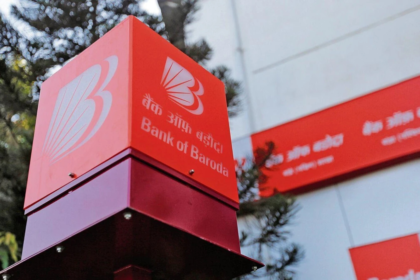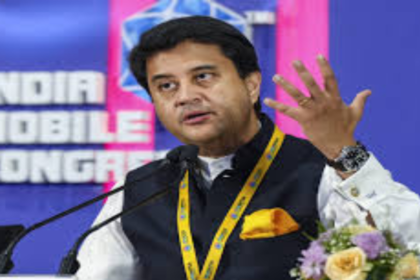The Indian government will fully compensate oil marketing companies (OMCs) for an expected ₹30,000 crore under-recovery on Liquefied Petroleum Gas (LPG) sales in FY26, according to official statements. This move is designed to offset the burden faced by state-run fuel retailers who are required to sell LPG at prices significantly below international market rates, especially to beneficiaries under social welfare schemes like PMUY (Pradhan Mantri Ujjwala Yojana).
The under-recovery arises from the widening gap between regulated domestic LPG prices and elevated global benchmark rates, notably the Saudi Contract Price (CP). The average Saudi CP surged to $712 per tonne, up from $415 per tonne in previous years, due to rising global trade tensions. Despite this, the government has maintained lower consumer prices for over 60% imported LPG, forcing OMCs to absorb substantial losses.
A ₹50 per cylinder price hike last month helped reduce the expected under-recovery by ₹10,000 crore, leaving a balance of ₹20,000 crore to be compensated via direct capital transfer, similar to the ₹22,000 crore granted in 2022.
In FY25, Indian Oil Corporation Ltd (IOCL) alone reported an LPG under-recovery of ₹19,000 crore, while the industry-wide total exceeded ₹41,000 crore. This level of financial pressure has raised questions over the long-term viability of subsidies, especially as global prices remain volatile.
Looking ahead, the Petroleum Ministry and Finance Ministry are discussing strategies to create a more sustainable LPG pricing framework, aiming to limit fiscal exposure while continuing support for low-income households. While the current compensation plan ensures short-term stability, the need for structural policy reform in fuel subsidies is becoming increasingly urgent.







